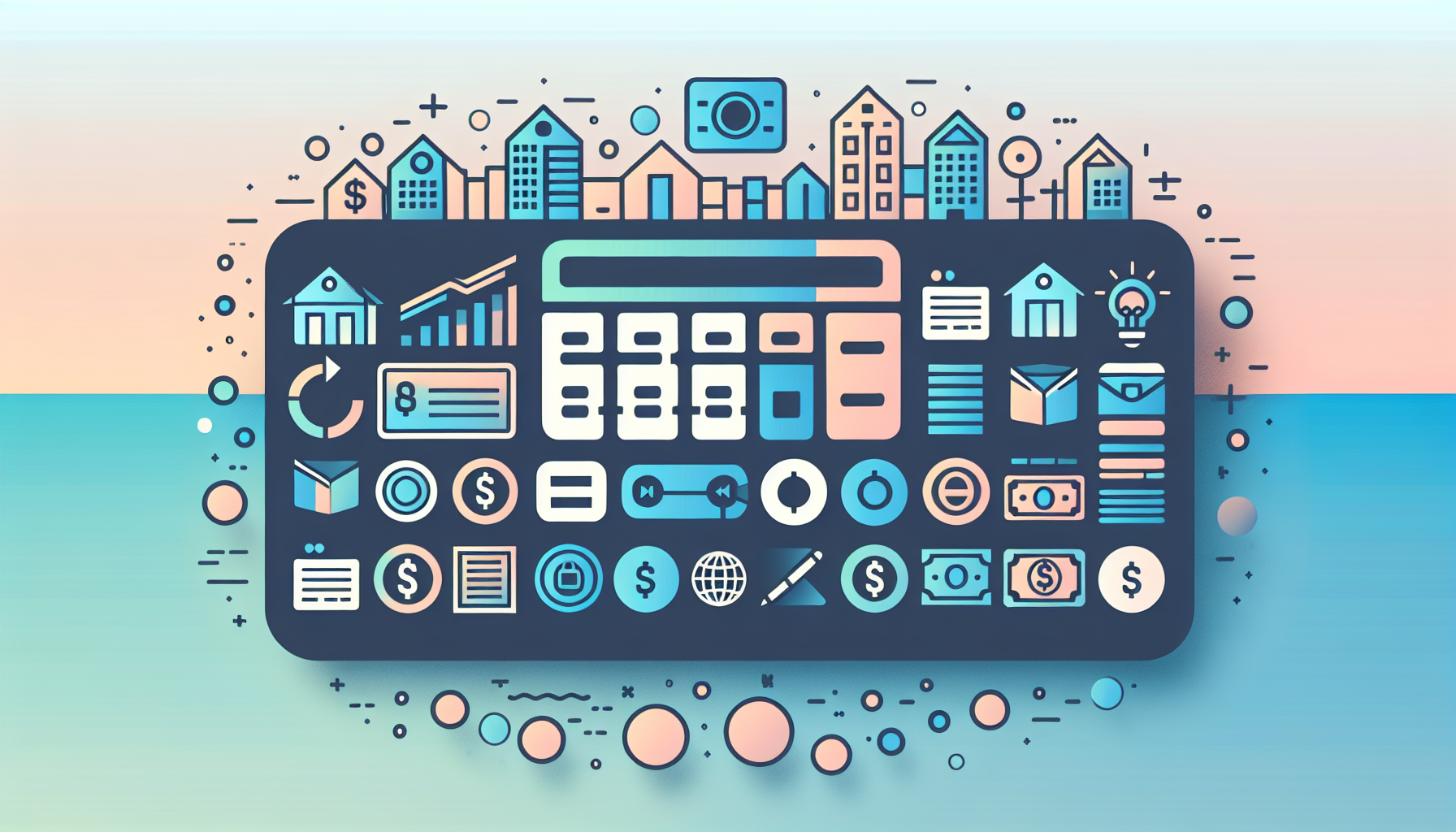Understanding Negative Amortization Loans

Understanding the intricacies of loan structures is crucial for making informed financial decisions. One type of loan that has garnered significant attention due to its unique payment structure is the negatively amortizing loan. These loans allow borrowers to make payments that are less than the interest due, leading to an increase in the principal balance over time. In this article, we will delve into the mechanics of negatively amortizing loans, focusing on payment option ARMs, the risks of negative amortization, and alternatives to consider.
Exploring Negatively Amortizing Loans
Negatively amortizing loans are characterized by their ability to let borrowers make payments that do not cover the full interest due on the loan. This results in the unpaid interest being added to the principal balance, effectively increasing the amount owed over time. A common example of such loans is the payment option adjustable-rate mortgage (ARM), which offers borrowers multiple payment options, including a minimum payment that often does not cover the full interest due, leading to negative amortization.
How Negative Amortization Works
To illustrate how negative amortization works, consider a scenario where a borrower has a loan with an 8% annual interest rate and a principal balance of $100,000. If the borrower makes a monthly payment of $500, but the interest due is $666.67, the difference of $166.67 is added to the principal balance, increasing it to $100,166.67. This process continues each month, with the interest calculated on the new, higher principal balance, leading to an ever-increasing loan amount as explained by Investopedia.
Types of Negatively Amortizing Loans
Several types of loans exhibit negative amortization characteristics:
- Payment Option ARMs: These loans provide borrowers with multiple payment options each month, including a minimum payment that often leads to negative amortization. The interest rate on these loans is adjustable, meaning it can change based on market conditions, potentially increasing the amount of unpaid interest added to the principal as detailed by Accounting Insights.
- Graduated Payment Mortgages (GPMs): In GPMs, early payments cover only a portion of the interest, with the remainder added to the principal. Later payments include the full interest component, leading to a faster reduction in the principal balance as noted by Investopedia.
Risks Associated with Negative Amortization
Negative amortization loans come with several risks that borrowers should be aware of:
Financial Risks
The primary risk is the potential for a significant increase in the loan balance over time, especially if interest rates rise. This can lead to higher monthly payments when the loan recasts to a fully amortizing schedule, which can be challenging for borrowers to manage as outlined in a report by the Georgia Department of Banking and Finance.
Market Risks
Market conditions, such as rising interest rates or declining property values, can exacerbate the risks associated with negative amortization loans. For instance, if property values decrease, borrowers may find themselves owing more on their loan than their property is worth, a situation known as being "upside down" as discussed by Yieldstreet.
Alternatives to Consider
For borrowers seeking more stable financial arrangements, several alternatives to negatively amortizing loans are available:
Fixed-Rate Loans
Fixed-rate loans offer predictable monthly payments and do not carry the risk of negative amortization. They are ideal for borrowers who prefer stability and are willing to commit to higher initial payments in exchange for long-term security as explained by Bankrate.
Interest-Only Loans
Interest-only loans allow borrowers to pay only the interest portion of the loan for a specified period, which can provide temporary cash flow relief. However, they do not reduce the principal balance during this time, and borrowers must eventually start making fully amortizing payments as detailed by NerdWallet.
Conclusion and Next Steps
Negative amortization loans can offer flexibility but come with significant risks. Understanding these risks and considering alternatives is crucial for making informed financial decisions. For those looking to navigate the complexities of mortgage options, tools like the WP Ultimate Loan & Mortgage Calculator can provide valuable insights into different loan scenarios. If you have questions or need personalized advice, feel free to contact us for further assistance.
By carefully evaluating your financial situation and exploring various loan options, you can make a decision that aligns with your long-term financial goals. Whether you're considering a payment option ARM or another type of mortgage, ensuring you have a comprehensive understanding of the terms and potential risks is essential for securing a stable financial future.











